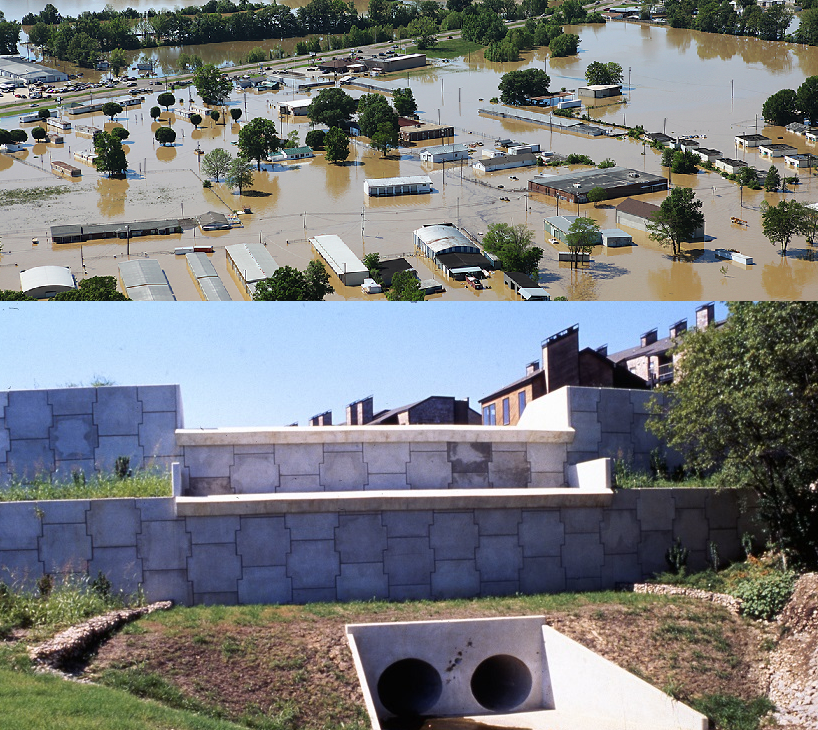
Floods have become increasingly frequent due to climate change, urbanization, and unplanned development. While the immediate focus in flood-prone areas is often on evacuation and disaster management, long-term solutions for managing water effectively can play a pivotal role in mitigating the impacts of floods and ensuring water availability during dry periods. Innovative water storage solutions are essential to achieving resilience and sustainability in such regions.
Rainwater Harvesting Systems
One of the most viable options for flood-prone areas is the implementation of rainwater harvesting systems. By channeling rainwater into storage tanks or reservoirs, communities can reduce surface runoff that contributes to flooding. These systems can be designed to store large amounts of water for future use in agriculture, drinking water supply, or household purposes. Modern rainwater harvesting systems incorporate filtration mechanisms to ensure water quality, making them a sustainable solution.
Reservoirs and Retention Basins
Reservoirs and retention basins serve as effective water storage solutions, especially in areas that experience seasonal flooding. These structures are designed to temporarily store excess floodwater, preventing it from inundating cities and agricultural fields. Over time, the stored water can be gradually released into waterways or repurposed for irrigation, industrial use, or groundwater recharge. Retention basins are often integrated with green spaces to support biodiversity and improve aesthetic appeal.
Underground Water Storage
Underground storage solutions, such as aquifers and subsurface reservoirs, provide a sustainable and discreet method of storing floodwater. Advanced techniques involve directing floodwater into underground layers of soil and rock, where it can be stored for prolonged periods. This approach not only reduces surface flooding but also replenishes groundwater reserves, which are often depleted due to excessive extraction.
Permeable Infrastructure
In urban flood-prone areas, permeable infrastructure like porous pavements, infiltration trenches, and bioswales can help manage water effectively. These systems allow rainwater to seep into the ground rather than accumulating on the surface and causing floods. Permeable surfaces also contribute to groundwater recharge and reduce the need for extensive drainage systems, making them a cost-effective solution.
Multi-Purpose Dams
Multi-purpose dams can store vast amounts of water during floods and release it judiciously for various uses, such as irrigation, hydroelectric power generation, and drinking water supply. These dams are equipped with flood control mechanisms that enable regulated water flow, reducing downstream flooding while ensuring water availability during droughts. However, proper planning and maintenance are crucial to prevent ecological damage and displacement of local communities.
Community-Based Solutions
Community engagement plays a vital role in implementing water storage solutions. Local participation ensures that systems are tailored to the specific needs and challenges of the region. Training and awareness programs can help communities adopt simple yet effective practices, such as building small check dams or using sandbags for temporary water diversion.
Conclusion
Water storage solutions are indispensable in flood-prone areas for mitigating disaster risks and ensuring sustainable water management. By integrating modern technology, traditional practices, and community involvement, these solutions can help transform vulnerabilities into resilience. As we face growing challenges from climate change, investing in innovative water storage strategies offers a path toward a safer and more sustainable future.


